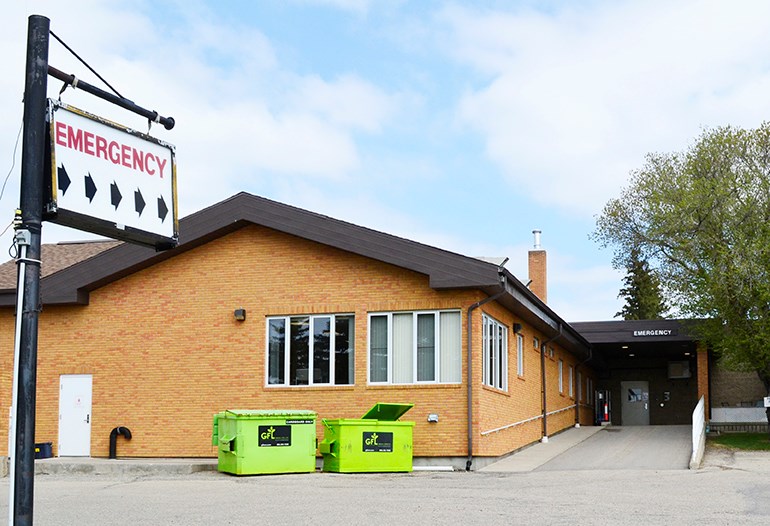The Saskatchewan Health Authority (SHA) has announced that emergency departments in 12 rural communities will begin to be restored next month, and the Arcola Health Centre is expected to be the first.
The SHA made the announcement in a news release Tuesday afternoon. In May, the SHA underwent a process to temporarily convert 12 community hospitals to alternate level of care (ALC) sites to help build capacity for any potential surge in COVID-19 cases, and to protect as much as possible against outbreaks in these facilities. This included the temporary suspension of emergency services at these facilities.
"To ensure the SHA is balancing risks between resumption of regular service offerings at these facilities and the ability to surge to meet demand if there is an increase in COVID-19 cases, a process is being initiated to ensure these conversions occur for as short of a duration as possible," the SHA said in a news release.
Some of the criteria being used to assess the safety and readiness for re-opening emergency departments in each of these locations are training of staff and physicians, cohorting of staff, and minimal prevalence of COVID-19 in the community or surrounding communities.
The SHA is targeting to re-open emergency departments to previous levels of service in the following nine communities: Arcola, Oxbow, Kerrobert, Herbert, Preeceville, Davidson, Wolseley, Biggar and Leader. It is expected that the first reopening will be Arcola in mid-June, with others to follow.
The SHA will be working with the remaining three other community hospitals that will require additional time – Broadview, Radville and Lanigan – in the coming weeks to help update them on progress and work toward resumption of previous emergency department service levels as soon as it is safe to do so.
These three facilities were experiencing service disruptions prior to the release of the COVID-19 Readiness Plan in early April. The SHA will continue to work with these three communities to create a stable staffing pool to ensure consistent services in the future.
Outside of the SHA COVID-19 Readiness Plan, it is critical to remember that ongoing recruitment and retention of key health care personnel can always affect service delivery in smaller rural sites. This is being continuously monitored in each of these communities to ensure appropriate personnel are in place to safely resume services.
Following the criteria and ensuring readiness for return to their typical service offerings will be necessary to make these facilities safe for any future surge in COVID-19 cases.



